FIFTY-SEVEN seconds.
That was how long it took for tragedy at the Thunder River Rapids Ride that killed four people and left two children mentally scarred.
But it has taken three years and four months to untwist what happened about 2pm on October 25, 2016.
On Monday, Coroner James McDougall will be handing down his findings about what happened on the popular Dreamworld ride that afternoon.
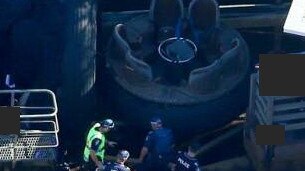
The grieving families of the four killed – Kate Goodchild, Luke Dorsett, Roozbeh Aragahi and Cindy Low – will have the opportunity to address the inquest before Mr McDougall delivers his recommendations.
Some family members have declined while others are still working with lawyers to determine if and what they will say.
Four people lost their lives when a pump stopped working on the Thunder River Rapids Ride. The water levels dropped and a raft became stuck on a conveyor belt.
That raft was hit by another carrying Mr Dorsett, his sister Ms Goodchild, her daughter Ebony, 12, Mr Araghi, Ms Low and her son, Kieran, 10. The raft flipped and the four adults were killed.
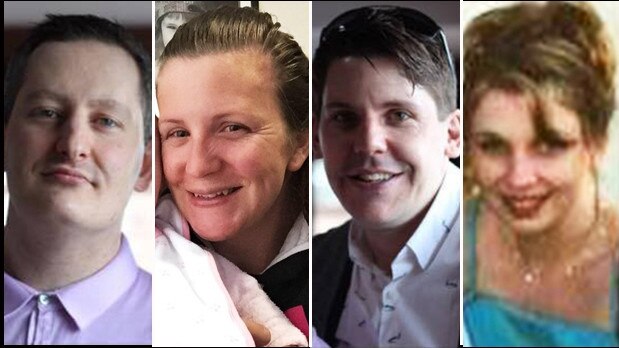
The two children remained strapped in the raft until onlookers were able to free them.
The water ride was one of the most popular and believed to be safest of all the rides at Dreamworld.
The coronial inquest findings have been a long time coming with the hearings first convening in June 2018.
Four sets of hearings were held during the year for sittings totalling more than six weeks.
Some family members attended every session, others found the hearings too emotionally taxing and chose not to attend.
Sources have tipped the coroner is likely to recommend the theme park will be charged for breaches of Workplace Health and Safety.
The Bulletin was told it is also likely the coroner will recommend more changes to the regulations controlling theme parks and the State Government provide regulators with more resources on the Gold Coast.
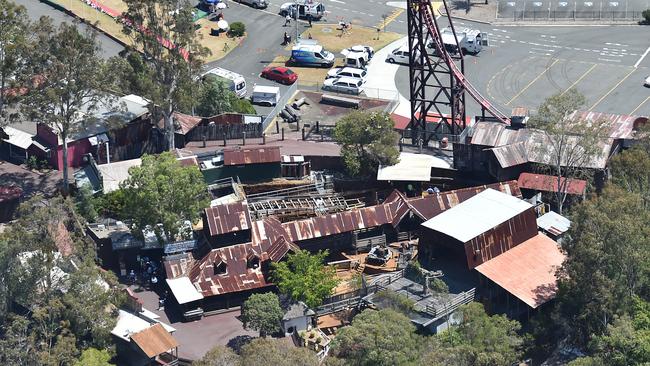
Mr McDougall has the ability to recommend a wide range of measures to be taken in the wake of the tragedy.
During the inquest two family members of Ms Goodchild and Mr Dorsett laid the blame squarely with Dreamworld.
At the end of the second week of hearings Shane Goodchild, the father of Ms Goodchild and Mr Dorsett, and Ms Goodchild’s partner David Turner said: “We hold Dreamworld totally responsible for this tragic event that could have so easily been avoided. It has throttled our family.”
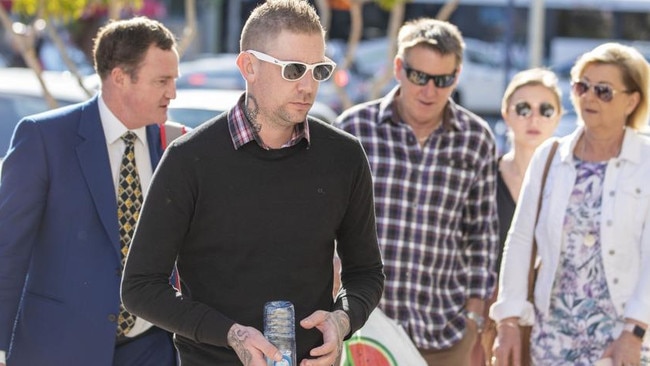
Following the proceedings, Ms Low’s husband Matt Low released a scathing statement.
“It is still unfathomable as to why Dreamworld hasn’t moved to overhaul their safety practices, policies and standards to date,” he said at the time.
“Nothing significant has changed since the immediate wake of the tragedy, not even when they have learned of the revelations about their flaws in safety standards and practices through this inquiry.
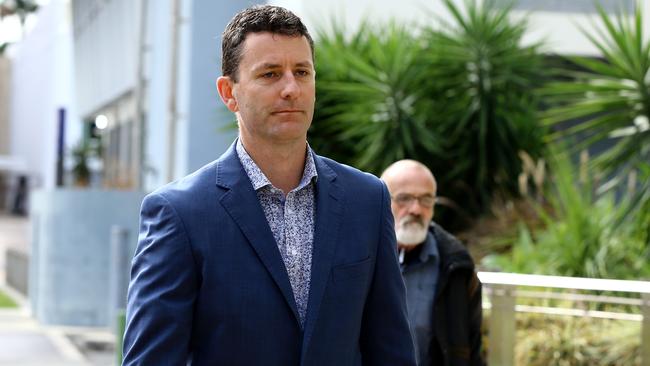
“It seems that their priority has been to maintain their image without action.
“The inquiry has been heartbreaking to listen to.
“Our hope is that the recommendations will ensure that we all have answers into why this disaster occurred, and will prevent any other family going through such enormous heartbreak.”
During the inquest barristers acting for the families repeatedly told ride operators Courtney Williams and Peter Nemeth they did not hold the pair responsible for the tragedy.
Throughout the hearings, shocking revelations were uncovered, including:
* Ms Williams had only had 90 minutes training to operate the ride the morning of the tragedy.
* She was not shown the fast emergency stop button that would have stopped the conveyor in three seconds.
* The only emergency stop button most ride operators knew about was one which took eight seconds to stop the conveyor.
* Dreamworld ignored a series of warnings which began 17 years before the tragedy. A safety audit in 1999 recommended an emergency stop button which would stop all mechanisms of the ride.
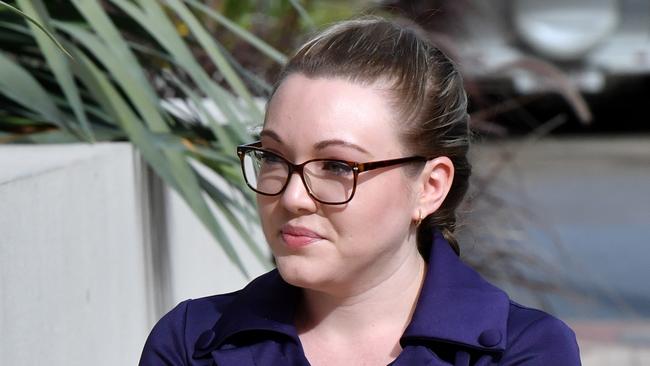
* A raft flipped in January 2001, 15 years before the fatalities leading engineers to voice their concerns in an internal email. “I shudder when I think if there had been guest on the ride,” the email read.
* Dreamworld paramedics were so overwhelmed by the scene they did not realise a fourth person was underwater.
* The pump had failed in the days leading up to the tragedy. The south pump, one of two which operate the ride, failed on October 19, 2016 and was reset by engineers that day.
The pump broke down again on October 23 and was reset. On the day of the diaster, the pump failed at 11.50am and again at 1.09pm.
* Ride operator Ms Williams claimed a Dreamworld senior manager told her not to talk to police.
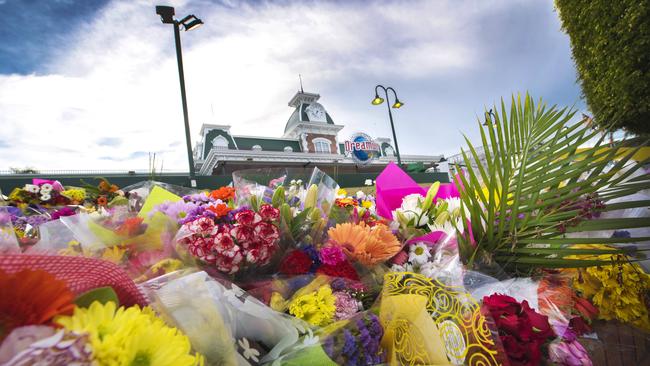
* Documents shown to the inquest revealed it would have costs $10 extra a day to hire two senior ride operators rather than two junior operators on the Thunder River Rapids Ride.
* Electricians had reported to Dreamworld that the control panel which operated the ride was a “rat’s nest of wires”.
* The inquest was told an internal investigation was not conducted after the tragedy.
* A park maintenance planner told the inquest “everybody” had failed the four victims.
* Doubts were raised about whether Dreamworld’s rides were properly inspected and registered between 2011 and 2016. Dreamworld barrister Bruce Hodgkinson said internal inspections had been done. Under the regulations annual inspections must be completed by an external consultant.
* The inquest was told the two rafts on the Thunder River Rapids Ride had been experiencing problems in the month before the tragedy. One raft had experienced four problems and the other three problems between October 6 and 23, 2016.
The Coroner’s findings on Monday are not expected to be the final conclusion about the tragedy at the theme park.
A number of compensation claims by staff and those involved in the tragedy have been lodged.
It is expected it will take time to initiate a number of the recommendations.
But the findings are expected to be a step forward for the families.

OPINION: How GC can ‘maximise every opportunity’ ahead of 2032
The Gold Coast must capitalise on early investments in public transport, community venues, new tourism experiences, enhanced tertiary education and leading-edge technology, writes Tom Tate
‘Golden opportunity’: Why this is our most important two years
The Gold Coast faces its most important two years this century - and must extend light rail south of Burleigh and clarify its identity before the 2032 Games, a leading demographer says.